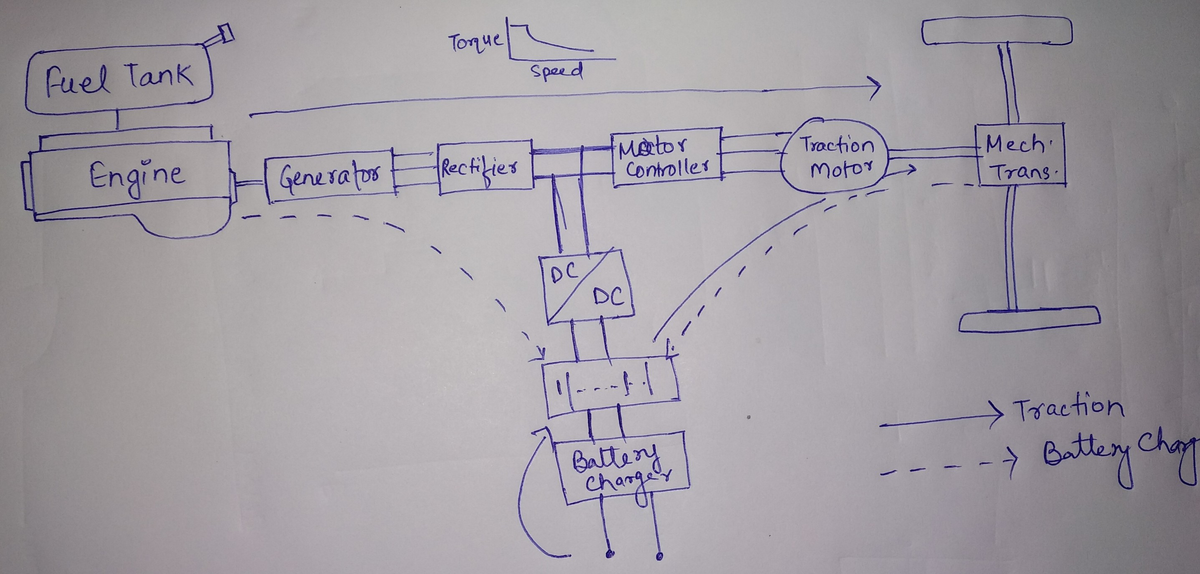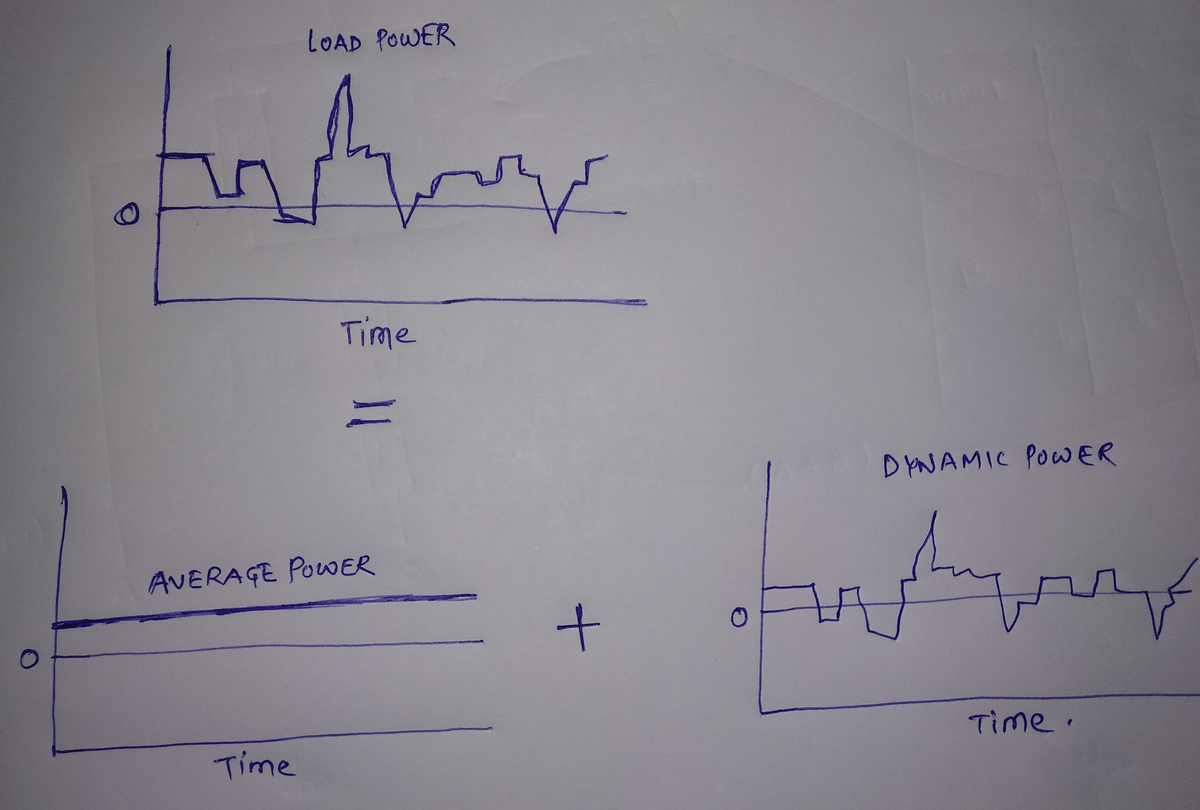Describe the architects of series and parallel hybrids, and plot how the power is delivered from the power source (battery and engine) to the drive train. Compare advantages and disadvantages of series and parallel hybrids.
Describe the architects of series and parallel hybrids, and plot how the power is delivered from the power source (battery and engine) to the drive train. Compare advantages and disadvantages of series and parallel hybrids.
In the parallel hybrid mode, both the engine and the electric motor are coupled to the wheels to propel the vehicle. The engine supplies its power mechanically to the wheels (like in a conventional vehicle), and the engine is assisted by an electric motor if necessary.
#Parallel hybrid architect :-
Parallel hybrid systems have both an internal combustion engine and an electric motor that can both individually drive the car or both coupled up jointly giving drive. This is the most common hybrid system.
If they are joined at an axis(in parallel), the speed at this axis must be identical and the supplied torque add together. (Mostly electric bicycles are of this type). When only one of the two sources is in use, the other must either also rotate(idle),be connected by a one way clutch or freewheel.
With cars the two sources may be applied to the same shaft ( for example with the electric motor connected between the engine and transmission), turning at equal speed and the torques adding up with electric motors adding and subtracting torque to the system as necessary.
Series hybrids are also referred to as EXTENDED RANGE ELECTRICAL VEHICLES(EREV).
Unlike ICEs , the electric motors do not require a transmission.
In effect the entire mechanical transmission between the ICE and the wheels is removed and replaced by an electric generator, some cables and controls, and electric traction motors, with the benefit that ICE is no longer connected to the demand.
The ICE turns a generator and is not mechanically connected to the driving wheels. This isolates the engine from demand, allowing it to consistently operate at its most efficient speed. Since the primary motive power is generated by the battery , a smaller generator/engine can be fitted as compared to a conventional direct drive engine. Electric traction motors can receive electricity from the battery, or directly from the engine/generator or both.
The structure of series hybrid architect is shown in below image :-

#PLOTTING THE LOAD POWER DELIVERED:-

Step by step
Solved in 2 steps with 2 images









